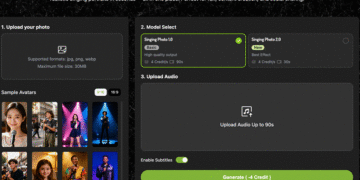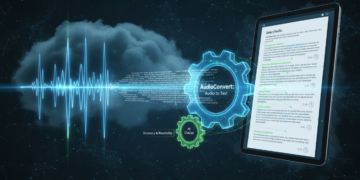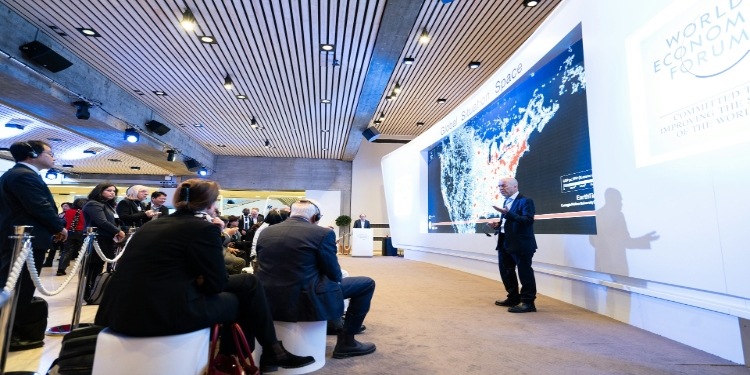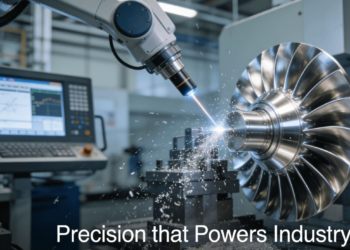Business events have this nasty habit of feeling… well, a bit lifeless. You know the type. Rows of chairs facing a projector. Everyone’s checking their phones. The coffee’s lukewarm. And that team bonding exercise? Let’s not talk about it. But here’s the thing – it doesn’t have to be this way. I’ve been to enough conferences & corporate gatherings to know that when companies actually TRY to shake things up, the difference is remarkable. People talk. They laugh. They actually remember what happened a week later.
So what’s the secret? It’s not about spending more money necessarily. It’s about thinking differently. And maybe, just maybe, bringing in something unexpected that makes people sit up and pay attention.
Why Most Corporate Events Fall Flat
The problem starts with planning, really. Someone books a venue. Tick. Orders sandwiches. Tick. Creates a PowerPoint with the company logo plastered on every slide. Triple tick. But nobody asks the critical question – what will make people actually WANT to be there?
I think we’ve all sat through events where the entire room is mentally elsewhere. Perhaps they’re thinking about emails piling up. Or that project deadline. Or just wondering if they can sneak out early without anyone noticing. The engagement level hovers somewhere between a Monday morning meeting and watching paint dry.
Corporate gatherings shouldn’t feel like punishment. They should energise teams, spark conversations & create those unexpected connections that actually drive business forward. But most companies keep doing the same tired formats because… that’s what everyone else does? Fear of trying something different? Not sure.
Interactive Technology Changes Everything
Right, so here’s where things get interesting. Technology isn’t just about screens and apps anymore. It’s about creating experiences that pull people OUT of their comfort zones and into something memorable.
Take F1 driving simulator hire, for example. Now THAT’S something I’ve seen transform an otherwise standard conference. Picture this – you’ve got serious business professionals, suited and booted, suddenly whooping with excitement as they navigate Silverstone’s corners at 300km/h. Well, virtually. But the adrenaline? That’s real enough. And more importantly, the conversations that follow? Pure gold.
The beauty of something like a racing simulator isn’t just the novelty factor. It’s the great leveller. Doesn’t matter if you’re the CEO or the new intern – everyone’s equally terrible (or surprisingly brilliant) at first. That shared experience breaks down barriers faster than any ‘trust fall’ exercise ever could.
VR setups, gaming stations, interactive displays – they all serve a similar purpose. They give people something to DO rather than just sit and absorb. And let’s be honest, most of us stopped being good at just sitting quietly sometime around year three.
Competition Brings Out The Best
Humans are competitive creatures. Even the ones who claim they’re not? They totally are.
Setting up friendly competitions throughout your event creates natural talking points & gives people a reason to mingle. Leaderboards work brilliantly for this. When you’ve got an F1 simulator with live lap times displayed, suddenly everyone’s watching. They’re cheering. They’re plotting how they’ll beat that smug git from Accounts who’s currently topping the charts.
I’ve watched the most reserved, quiet team members become absolutely animated when there’s a competition involved. Something clicks. Maybe it’s the chance to showcase a skill that never comes up in spreadsheets. Or perhaps it’s just fun to prove you’re faster than your manager.
Competitions don’t need to be elaborate either. Simple works. Fastest lap time. Best team score. Most improved driver. The prizes? Honestly, they matter less than you’d think. A bottle of champagne or even just bragging rights – people will compete regardless.
Creating Natural Networking Opportunities
Forced networking is excruciating. “Go talk to someone you don’t know!” No thanks. But when you create experiences that naturally bring people together? That’s different entirely.
Interactive setups work because they give people something to talk ABOUT. Instead of awkward small talk about the weather (it’s Britain, so it’s probably raining anyway), conversations start organically. “Did you see that corner?” “How did you manage that lap time?” “Want to form a team for the next round?”
These aren’t scripted interactions. They’re genuine. And from those genuine moments come actual business relationships.
I remember one event where two department heads who’d barely spoken in three years ended up bonding over a simulated race. Turned out they both had a passion for motorsport. Within weeks, they’d collaborated on a project that had been stalled for months. All because someone brought in something that sparked a real conversation.
The Icebreaker That Actually Works
Icebreakers. Just the word makes people cringe, doesn’t it?
Traditional icebreakers feel forced because they ARE forced. “Tell us an interesting fact about yourself!” Cue everyone’s mind going completely blank. But give people an activity that’s genuinely engaging, and the ice doesn’t just break – it melts away completely.
This is where experiential elements like simulator hire really prove their worth. There’s no awkward standing in circles. No cringe-worthy team chants. Just pure, unadulterated fun that happens to bring people together. You can’t help but chat with the person waiting for their turn. You naturally cheer on your colleagues. The atmosphere shifts from stiff formality to genuine camaraderie.
And here’s something I’ve noticed – people stay longer at events that have these interactive elements. Usually, folks are counting down the minutes until the acceptable leaving time. But add something engaging? Suddenly they’re not watching the clock. Some even acommodate changes to their evening plans just to have another go.
That tells you something important, I think.
Making Content Memorable
Right, so you’ve still got actual business content to deliver. Presentations to make. Information to share. That stuff doesn’t disappear just because you’ve brought in cool technology.
But here’s the clever bit – when you break up traditional content with engaging activities, people actually retain MORE information. Their brains aren’t numbing after slide seventeen. They’re alert. Energised. Ready to absorb what you’re telling them.
I’ve seen companies structure events where they’ll do a 30 minute presentation, then a 20 minute interactive session, then back to content. The difference in attention levels is stark. People return to their seats actually refreshed rather than dreading another hour of talking heads.
Plus, when people have positive emotional experiences at an event, they subconciously associate those good feelings with your brand, your message, your company. It’s basic psychology really. Make someone feel something good, and they’ll remember you fondly.
Budget Considerations & Real Value
Let’s talk money. Because I know what you’re thinking – “This sounds expensive.”
Yes, hiring premium interactive technology costs more than ordering extra sandwiches. An F1 simulator setup might run you anywhere from £2,000 to £5,000 depending on the package & duration. That’s not pocket change.
But consider what you’re actually paying for. You’re not just renting equipment. You’re investing in engagement, in memorable experiences, in conversations that wouldn’t happen otherwise. Compare that to the total cost of your event – venue, catering, staff time, travel – and suddenly that simulator hire is a relatively small percentage that dramatically increases the overall impact.
I’m slightly sceptical of companies that spend £50,000 on a conference venue but balk at £3,000 for something that’ll make the event actually worthwhile. Seems backwards to me.
Plus, think about the alternative. A forgettable event is money wasted entirely. People leave uninspired. Nothing changes. You’ve just burnt through budget for zero return. At least with engaging elements, you’re getting tangible value – improved morale, stronger team connections, better information retention.
Final Thoughts
Making business events genuinely engaging isn’t rocket science. But it does require letting go of “how we’ve always done things” and embracing something different. Something that treats attendees like humans who want to be entertained, challenged & energised rather than just lectured at for six hours straight.
Interactive technology, particularly experiential setups like racing simulators, offers a way to transform events from obligatory calendar entries into genuine highlights. The kind of thing people actually talk about afterwards. Positively, I mean.
Will it solve every corporate culture challenge? Course not. But will it make your next conference infinitely better than rows of chairs and lukewarm coffee? Absolutely.
Sometimes the best business decisions are the ones that remember there are actual people involved. People who respond to excitement, competition & genuine connection far better than they respond to another bloody PowerPoint.
Just something to think about before you book your next event.
David Prior
David Prior is the editor of Today News, responsible for the overall editorial strategy. He is an NCTJ-qualified journalist with over 20 years’ experience, and is also editor of the award-winning hyperlocal news title Altrincham Today. His LinkedIn profile is here.











































































